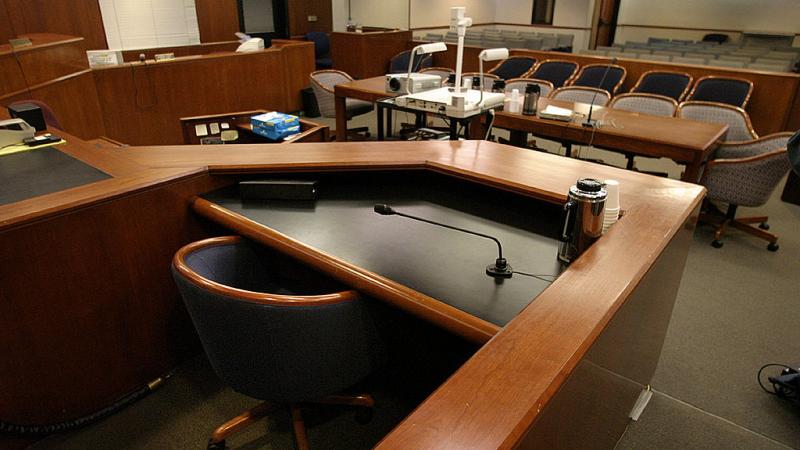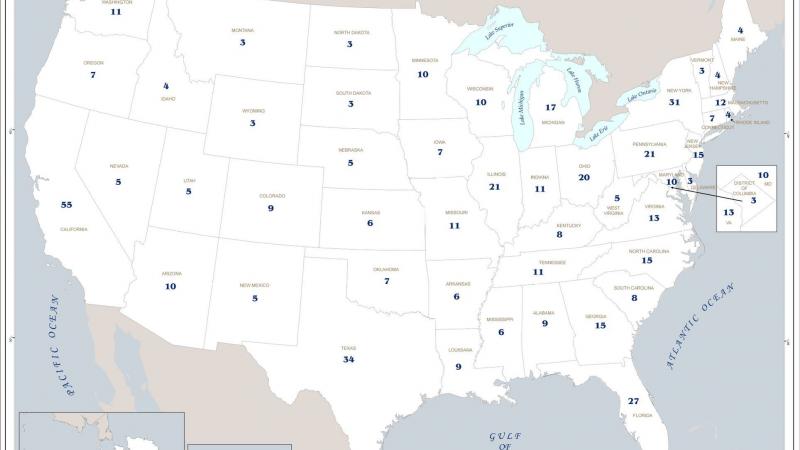Ancient coins provide proof of lost Roman 'emperor': study
While he may have assumed the imperial mantle, he took little action to enforce his claims outside of Dacia.
A recent study has backed the authenticity of four Roman-era coins depicting a would-be Roman emperor, lending proof to the existence of an imperial pretender almost entirely lost to history.
Sponsianus, Anglicized as Sponsian, is thought to have been a Roman general stationed in Dacia, a Roman province encompassing much of modern Romania during the third century. While he may have assumed the imperial mantle, he took little action to enforce his claims outside of Dacia. The main evidence of his existence is four coins unearthed in 1713 by officials of the Holy Roman Empire.
The coins themselves were long thought to have been fake, and the British study, published Wednesday in PLOS One, initially considered the same theory, according to the Washington Times. Abnormalities in the coins, however, led them to reconsider that position.
Study co-author Paul Pearson told Courthouse News that "[h]istorical forgeries usually fit a known classical aesthetic, or are casts of real coins, not like these strange designs."
The Crisis of the Third Century was a period from 235 A.D. until 284 A.D. during which the Roman Empire faced a series of violent leadership changes interspersed with foreign conflict. During this period, the Emperor Aurelian ordered the evacuation of Dacia, deeming it indefensible from barbarian tribes operating north of the Danube.
During that period, generals of major provinces would frequently induce their forces to back a play for the imperial throne, though the researchers do not think Sponsian intended to march on Rome.
"Our interpretation is that [Sponsian] was in charge to maintain control of the military and of the civilian population because they were surrounded and completely cut off," co-author Jesper Ericsson said to the BBC. "In order to create a functioning economy in the province they decided to mint their own coins."
While several Roman emperors did battle with invading Goths during this period, political instability at home and the threat of Persian incursions hampered their ability to field legions east of the Rhine or north of the Danube, meaning Sponsian would have largely enjoyed free rein to defend his territory without interference from Rome. His ultimate faint remains unknown.
















